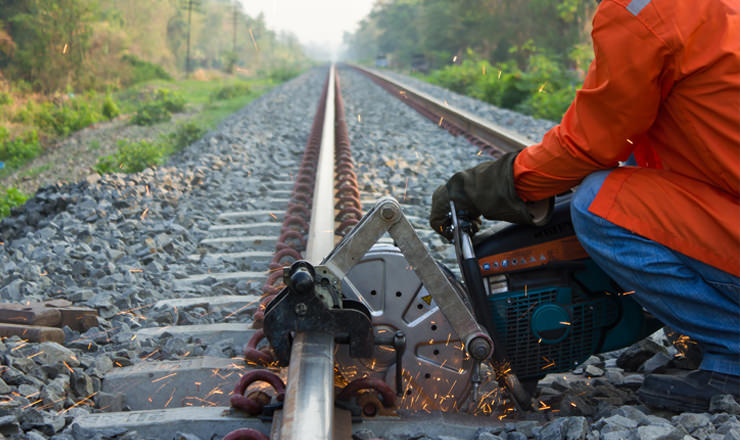
7 Common Causes of Railroad Accidents
Railroad accidents aren’t as common as accidents on the highway, but they still happen. It’s something we’re well aware of as a Midwest railroad track inspection service.
What are the main causes of collisions at railroad crossings
In this blog post, we’re going to examine some of the most common causes of railway accidents and how you can avoid them.
1. Negligence
Negligence comes in many forms. Sometimes it’s the fault of the railroad itself, or a contractor, or an equipment manufacturer.
One common contributor to this issue is the use of outdated technology. While adding this tech typically involves a significant investment, it’s hard to put a price on public/employee safety.
2. Human error
Accidents can happen if a conductor is inexperienced, but also if they’ve been working too long and feel fatigued. From lack of judgement to lack of experience to impaired reactions, human error is a regular factor in train accidents.
3. Speeding
Just high speed is often a factor in serious or fatal car crashes, speeding can also play a role in train accidents. Evidence from a number of recent train crashes suggest the higher the speed of the train, the worst the crash and the greater chance of derailment.
4. Reckless drivers, careless pedestrians
Some train accidents have more to do with what happens off the tracks than the train itself. Reckless or distracted pedestrians can cause a collision by walking on or too close to the track. And drivers can cause train crashes by having their vehicles too close to the train or trying to cross the tracks before the train comes.
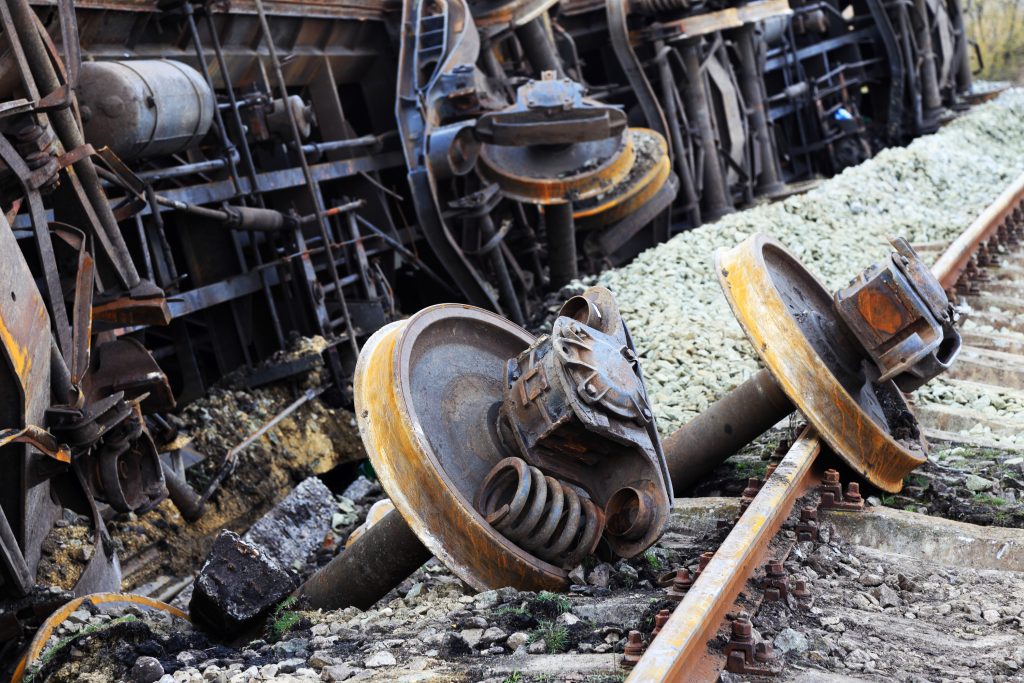
5. Mechanical failure
Even with everyone operating the train doing everything right, railroad accidents can still happen when mechanical failure occurs. Trains are complex machines, with several independent systems needed to power the train. If one piece of equipment fails, it can lead to a serious — if not deadly — train accident.
6. Obstructions
Foreign objects left on or near train tracks can have deadly consequences, including derailment. Conductors must be aware of their surroundings to deal with dangerous situations quickly, but in some cases, they may not be able to see obstructions on the tracks, leading to serious or even deadly crashes.
7. Crossing issues
A majority of railroad accidents happen at railroad crossings with improper warning devices like gates or lights. They are typically caused by lack of visibility, impaired or distracted drivers, or drivers trying to outrun the train.
Preventing derailments
While conductors can’t control what other drivers do around trains, you can control the state of your tracks to prevent derailment. This means taking steps such as:
- Scheduling a quarterly inspection by a Nebraska railroad contractor who is qualified to perform inspections.
- Instructing your team how to look for defects and hazards along the tracks.
- Maintaining the proper width between rails — 56.5 inches. Loose or missing bolts and joint bars can indicate the gauge, or width, is too wide.
- Looking for broken railroad ties, loose or missing spikes and tie plates that have cut into the ties.
- Inspecting for broken switch points, which can put a gap between the point and rail and cause the wheels of a car to travel along the wrong track.
- Search for signs of fading structural integrity that could lead to a buckled or rolled rail.
R&S Track Maintenance: Expert Nebraska railroad contractor
Since 1987, companies in search of safe and efficient rail services have turned to R&S Track Maintenance, a Nebraska railroad contractor specializing in rail maintenance and railroad construction, as well as surveying, consulting, track maintenance and repair, and inspections.
Our experts know what warning signs to look for and can recommend the strategies for helping your operators avoid accidents. Contact us today to learn more.
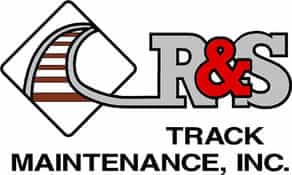
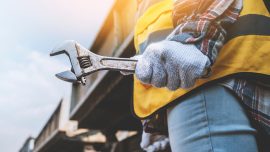
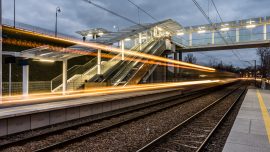
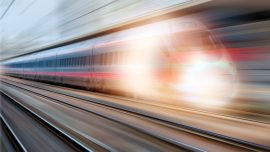
0 comments
Write a comment